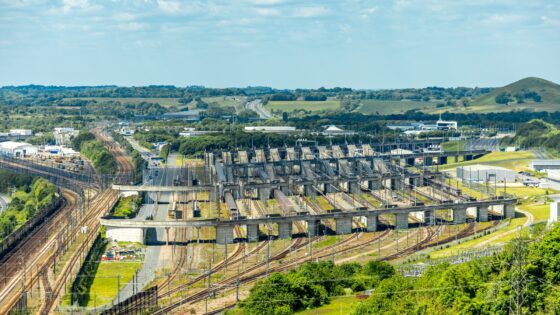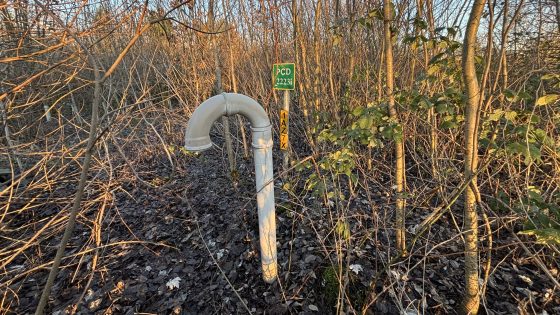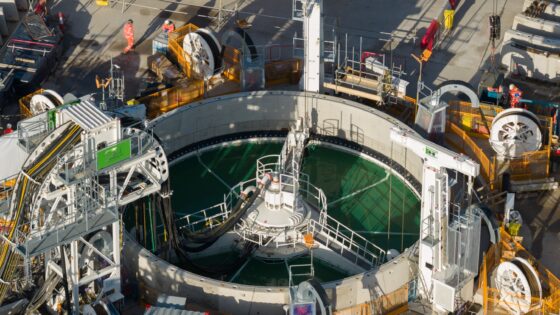Civilcast precast drainage: design and compliance insights for project teams
Reviewed by Tom Sullivan

First reported on Roads & Infrastructure (AU)
30 Second Briefing
Civilcast, founded in 2010 by civil construction veteran John McQuaid, has expanded into a national supplier of precast pits, access covers and drainage structures for road and utility projects across Australia’s infrastructure boom. The company focuses on custom precast solutions that integrate with complex services layouts and varying load classes, rather than only catalogue components. For designers and contractors, the key value is shortened lead times on non-standard elements and consistent compliance with local authority and AS/NZS requirements across multiple states.
Technical Brief
- For similar urban upgrades, off-site precast of service structures is becoming preferred over cast-in-situ boxes.
Our Take
Civilcast’s Australian base puts it in a relatively small group within our Infrastructure coverage, where only a handful of stories focus on domestic product suppliers rather than major project owners or contractors.
Being founded in 2010 makes Civilcast a comparatively young player in our database of Australian civil product firms, which may explain a strategic emphasis on resilience and project-based solutions to differentiate against longer-established precast and drainage suppliers.
Among the 11 tag-matched Product/Projects pieces, most feature project-led innovation rather than catalogue products, so any Civilcast systems that can be specified early in design could gain visibility with asset owners looking to standardise components across multiple Australian projects.
Prepared by collating external sources, AI-assisted tools, and Geomechanics.io’s proprietary mining database, then reviewed for technical accuracy & edited by our geotechnical team.


